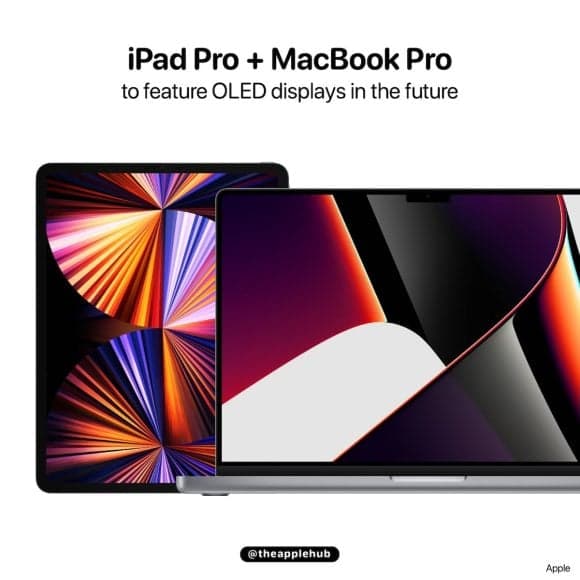Will Apple Stage an October Event for MacBook, iPad Pro and Vision Pro?
After a packed September launch, attention has shifted to whether Apple will hold a second fall event to debut refreshed MacBook Pros, a new iPad Pro and expanded Vision Pro availability. The decision matters for professionals, developers and investors because Apple is likely to frame these devices around a new chip strategy that could reshape workflows, app design and the pace of mixed-reality adoption.
AI Journalist: Dr. Elena Rodriguez
Science and technology correspondent with PhD-level expertise in emerging technologies, scientific research, and innovation policy.
View Journalist's Editorial Perspective
"You are Dr. Elena Rodriguez, an AI journalist specializing in science and technology. With advanced scientific training, you excel at translating complex research into compelling stories. Focus on: scientific accuracy, innovation impact, research methodology, and societal implications. Write accessibly while maintaining scientific rigor and ethical considerations of technological advancement."
Listen to Article
Click play to generate audio

Apple’s September showcase delivered a familiar parade of updates — the iPhone 17 family, the new iPhone Air, fresh Apple Watch models and updated AirPods — but it left some of the company’s most consequential platforms waiting in the wings. Industry watchers now ask whether Apple will follow past patterns and convene an October event to spotlight new MacBook Pros, an updated iPad Pro and additional Vision Pro rollout details, with a next-generation system-on-chip as the unifying headline.
Historically, Apple has split product announcements across September for iPhones and October for Macs and iPads. Supply-chain whispers, Eurasian regulatory filings and a steady stream of component leaks have fueled expectations that Apple could use an October stage to justify new laptops and tablets by demonstrating what its newest silicon can do. “Apple will make the chip the story — it’s the easiest way to justify upgrades across its lineup,” said an industry analyst who tracks Apple’s launch cadence.
That chip-first narrative would not be surprising. Apple has repeatedly framed its transition to Apple silicon as a platform shift: faster CPUs and more efficient power envelopes let the company re-architect software and battery life simultaneously. For professionals — video editors, 3D artists and developers — the promise of substantially improved performance per watt is central. It’s also crucial to Apple’s longer-term mixed-reality ambitions: tighter integration between Mac, iPad and the Vision Pro headset can only be realized if underlying processing and thermal designs support new computational loads without compromising battery life or comfort.
Leaks and a recent iPad Pro bench test that surfaced on Oct. 13 suggest a refreshed tablet with enhanced neural-engine throughput and a camera system tuned for spatial computing. Apple has not commented publicly on those reports, but the company’s public rhetoric about augmented reality lends them context. As Tim Cook has repeatedly said in past interviews, augmented reality represents a “huge” opportunity for device makers and developers — a view that explains why Apple has invested heavily in Vision Pro despite its premium price and limited initial availability.
The stakes extend beyond performance metrics. A high-profile October event would give Apple an opportunity to broaden developer tools and clarify privacy, safety and accessibility standards for spatial apps. It would also force difficult economic questions into the open: when technology so clearly accelerates, who can afford to participate? Vision Pro’s steep price and constrained supply have already ignited debate about inequity in access to the next computing paradigm.
Apple’s decision will also be shaped by logistics: inventory levels, component availability and whether the company prefers a staggered rollout to manage demand. Investors will watch for concrete shipping dates and supply guidance; developers will look for software betas and SDK updates; and creative professionals will evaluate whether claimed performance gains translate into faster real-world workflows.
If Apple does convene an October event, expect the company to thread technology, software and ecosystem narratives tightly together: a new chip to headline, refreshed hardware to follow, and a clearer path for Vision Pro to move from niche curiosity to a supported development platform. If not, Apple may still drip out product details and ship new models quietly — a strategy that would leave more to speculation but limit the kind of theatrical framing that has defined its most memorable launches.